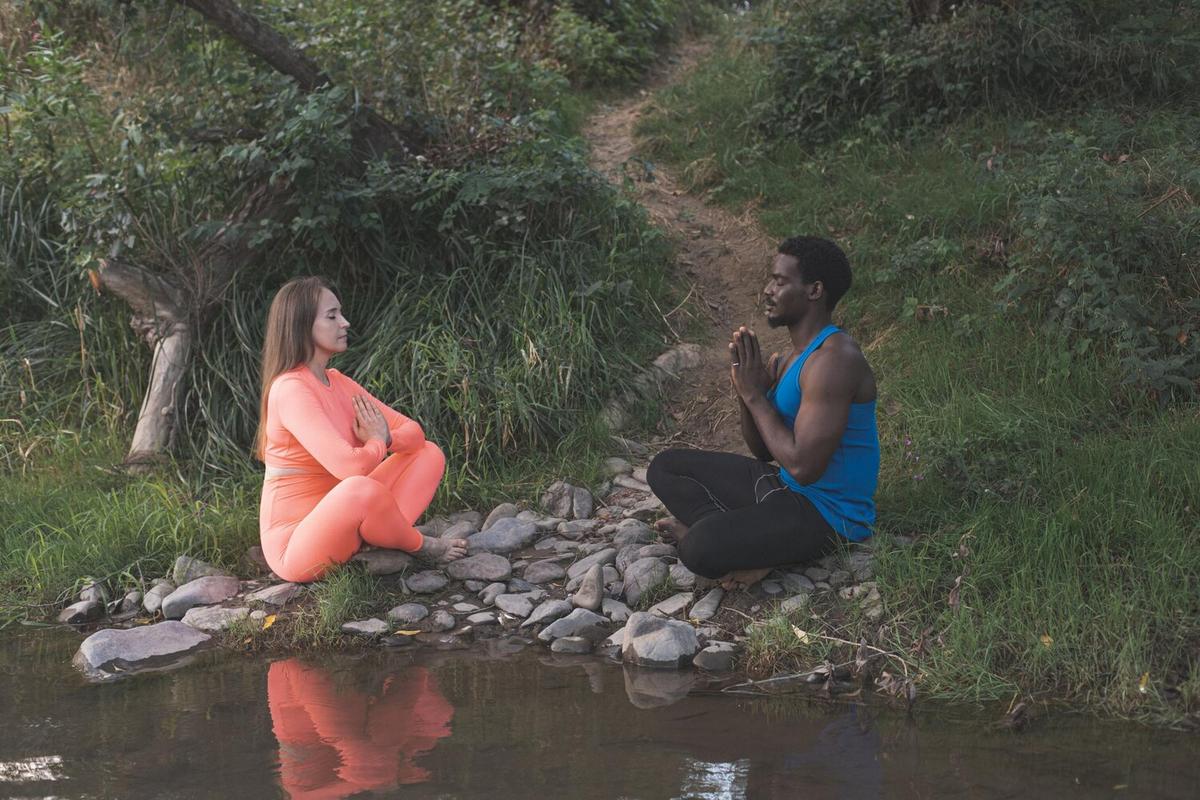
Creating a Personal Mindfulness Routine: A Beginner’s Guide
Mindfulness has become a cornerstone in enhancing mental well-being, offering a structured approach to fostering peace and clarity in our lives. Establishing a personal mindfulness routine can be a transformative step toward achieving a balanced mind and improving overall quality of life.
Understanding Mindfulness
Mindfulness is the practice of being fully present in the moment, acknowledging and accepting one’s feelings, thoughts, and bodily sensations. This ancient practice has been embraced by modern psychology as a powerful tool for reducing stress and improving well-being. According to the American Psychological Association, mindfulness can lead to better emotional regulation and increased self-awareness.
Benefits of a Personal Mindfulness Routine
Creating a routine allows you to harness the full benefits of mindfulness, such as reduced anxiety, improved focus, and enhanced interpersonal relationships. Research from Harvard University suggests regular mindfulness practice can even alter brain structure, increasing gray matter density in areas related to learning and memory.
Getting Started: Steps to Create Your Routine
- Set Clear Intentions: Define why you want to start a mindfulness routine. Are you looking to reduce stress, improve focus, or simply find more peace in your daily life?
- Choose a Time and Place: Consistency is key. Select a specific time and place for your practice that is free from distractions.
- Start Small: Begin with just 5-10 minutes a day and gradually increase as you become more comfortable with the practice.
- Use Guided Meditations: Beginners can benefit from guided sessions. Websites like Headspace offer structured programs for novices.
- Incorporate Mindfulness into Daily Activities: Practice mindfulness during routine tasks like eating or walking.
Expert Advice
“Mindfulness isn’t difficult, we just need to remember to do it,” shares Sharon Salzberg, a renowned meditation teacher. Her insight underscores the simplicity and accessibility of mindfulness for everyone.
Comparison Table: Mindfulness Techniques
| Technique | Description | Benefits |
|---|---|---|
| Breathing Exercises | Focus on your breath to anchor your mind | Calms the nervous system |
| Body Scan | Pay attention to bodily sensations | Promotes relaxation |
| Walking Meditation | Mindful walking with awareness of each step | Increases focus and presence |
| Loving-Kindness | Practice compassion towards self and others | Enhances emotional well-being |
| Mindful Eating | Focus on the experience of eating | Improves digestion and enjoyment |
| Guided Meditation | Follow a recorded session | Good for beginners |
| Gratitude Journaling | Write about things you are grateful for | Boosts positive emotions |
| Yoga | Combine movement with mindful breathing | Improves physical and mental flexibility |
Conclusion
Creating a personal mindfulness routine is a valuable step towards improving your mental well-being. By setting clear intentions, starting small, and incorporating mindfulness into daily activities, you can cultivate a more peaceful, focused, and fulfilling life. Remember, the journey to mindfulness is personal and unique, so be patient and enjoy the process.
FAQs
How long should I practice mindfulness each day?
Start with 5-10 minutes per day and increase gradually as you feel comfortable.
Can I practice mindfulness at work?
Yes, incorporating short mindful breaks during work can help reduce stress and increase productivity.
What if I find my mind wandering?
It’s normal for the mind to wander. Gently bring your focus back to your breath or the present moment without judgment.


